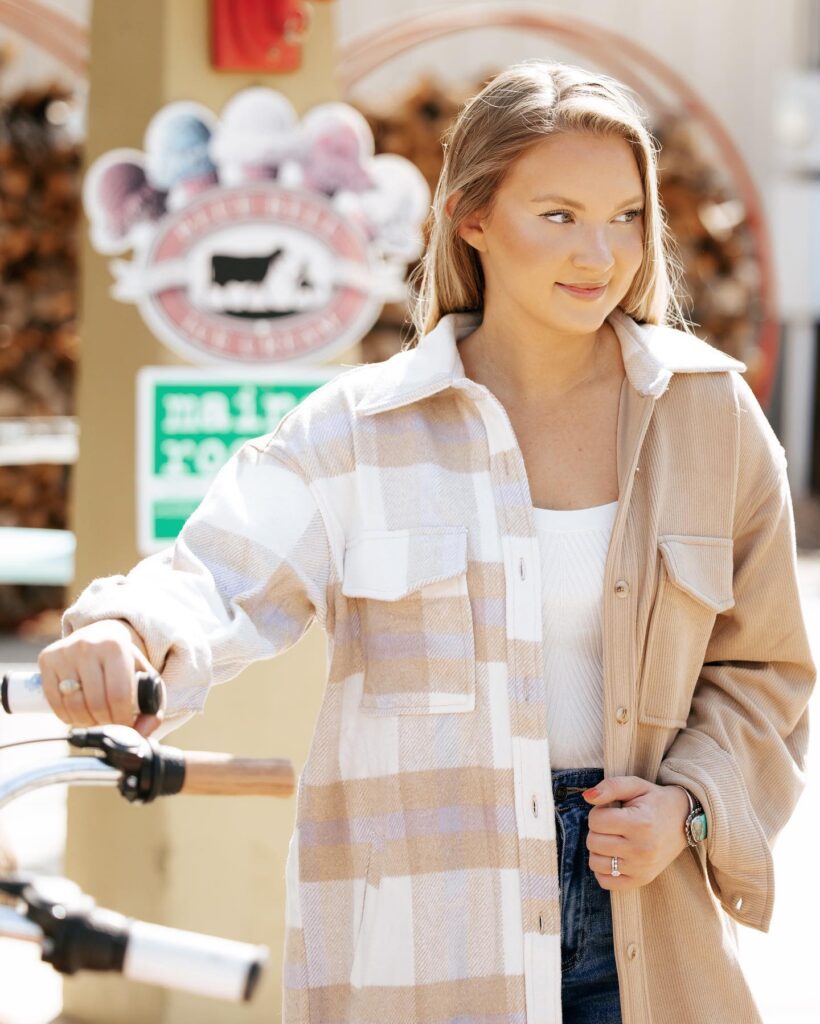Event planning is not just about logistics and coordination; it is an art form that involves sculpting experiences for attendees. Successful event planners are akin to artists who mold raw materials into a masterpiece, carefully curating every detail to evoke specific emotions and create lasting memories. The canvas for these creatives is not a traditional one; it spans venues, themes, decor, entertainment, and even the minutest details like lighting and aromas. Much like a sculptor chiseling away excess to reveal the beauty within, event planners carve out seamless and enchanting experiences from the chaos of planning. The first stroke on this canvas begins with a vision, a concept that will shape the entire event. This vision is the soul of the occasion, influencing every decision that follows. It is not just about colors and decorations; it is about translating abstract ideas into tangible elements that will resonate with the audience. The choice of venue becomes crucial, as it sets the stage for the unfolding narrative. Whether it is an intimate gathering in a historic mansion or a vibrant celebration in an industrial warehouse, the venue becomes an essential part of the overall artistic composition.

As the vision takes form, Cristina Verger Event Planning delve into the palette of themes and aesthetics, carefully selecting the tones that will define the atmosphere. Each element, from the choice of furniture to the style of invitations, contributes to the narrative. A tropical theme might invoke feelings of relaxation and joy, while a vintage motif can transport attendees to a bygone era. The creative process involves not only making choices but also understanding the psychology behind those choices, predicting how each decision will impact the overall experience. The art of event planning is not limited to visual aesthetics; it extends to engaging the senses. Just as a sculptor considers texture and form, event planners carefully craft sensory experiences. The scent of fresh flowers, the taste of exquisite cuisine, the sounds of live music – these elements combine to create a symphony of sensations that elevate the event from a gathering to an immersive experience. It is about orchestrating an emotional journey, guiding attendees through a carefully designed sequence of moments that build up to a crescendo of delight.
The role of an event planner goes beyond being a logistical coordinator; it is about being a storyteller, a conductor, and a curator of memories. Every decision is a stroke on the canvas, contributing to the overall masterpiece. The success of an event lies not just in its flawless execution but in the emotions it evokes and the memories it imprints on the hearts of those who attend. In the realm of event planning, creativity is not a luxury but a necessity, and the most memorable events are those where every detail has been sculpted with artistic intention. So, the next time you attend a well-executed event, take a moment to appreciate the creative minds behind it, sculptors of experiences who turn dreams into reality.
 All advanced cameras need to create to the direct that they are identical in quality toward that of the most fundamental movie camera. They should kill the advanced versus film banter. There should be no contrast between the two arrangements. The most costly advanced cameras are drawing near to that standard however the simple to use models cannot contend with their film partners. I feel that with the speed of advancement, regardless of a financial emergency, shoppers are requesting that lower end cameras need to work on in quality. Albeit, genuine photography is about the SLR and I think we are making a course for the quality expected to rival film cameras.
All advanced cameras need to create to the direct that they are identical in quality toward that of the most fundamental movie camera. They should kill the advanced versus film banter. There should be no contrast between the two arrangements. The most costly advanced cameras are drawing near to that standard however the simple to use models cannot contend with their film partners. I feel that with the speed of advancement, regardless of a financial emergency, shoppers are requesting that lower end cameras need to work on in quality. Albeit, genuine photography is about the SLR and I think we are making a course for the quality expected to rival film cameras.